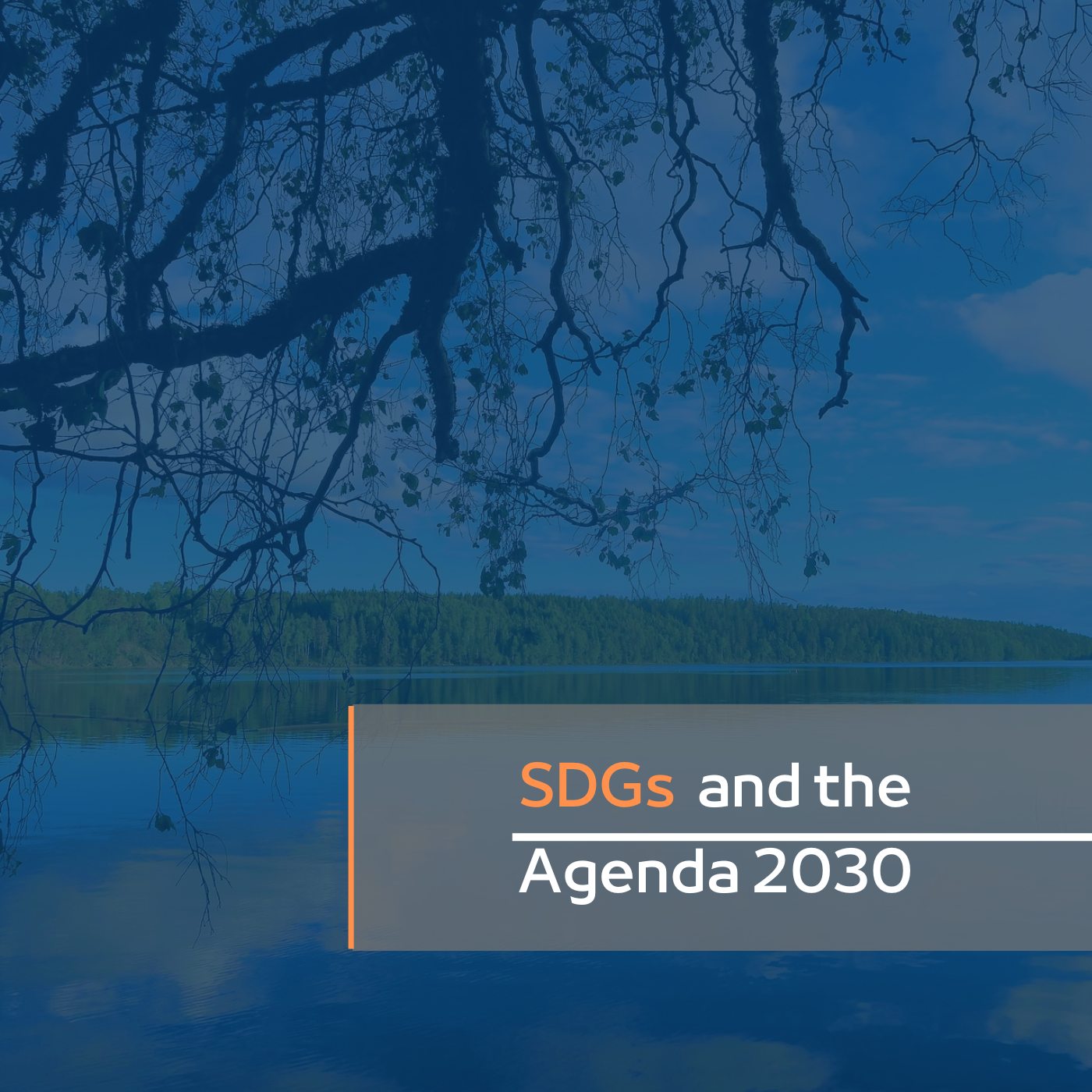This is one blog post that I have started to write over and over again, lost my last one, started again and so on. This is not the complete story of Agenda 2030 and IoT, but I just had to publish it at some point; the UN day seemed like a suitable day. I will return to this blog post one day, crafting a better one.
In today’s ever-evolving world, the intersection of technology and sustainability has become the epicentre of our global mission. The United Nations Sustainable Development Goals (SDGs) delineate a comprehensive plan for creating a more equitable and sustainable planet by 2030.
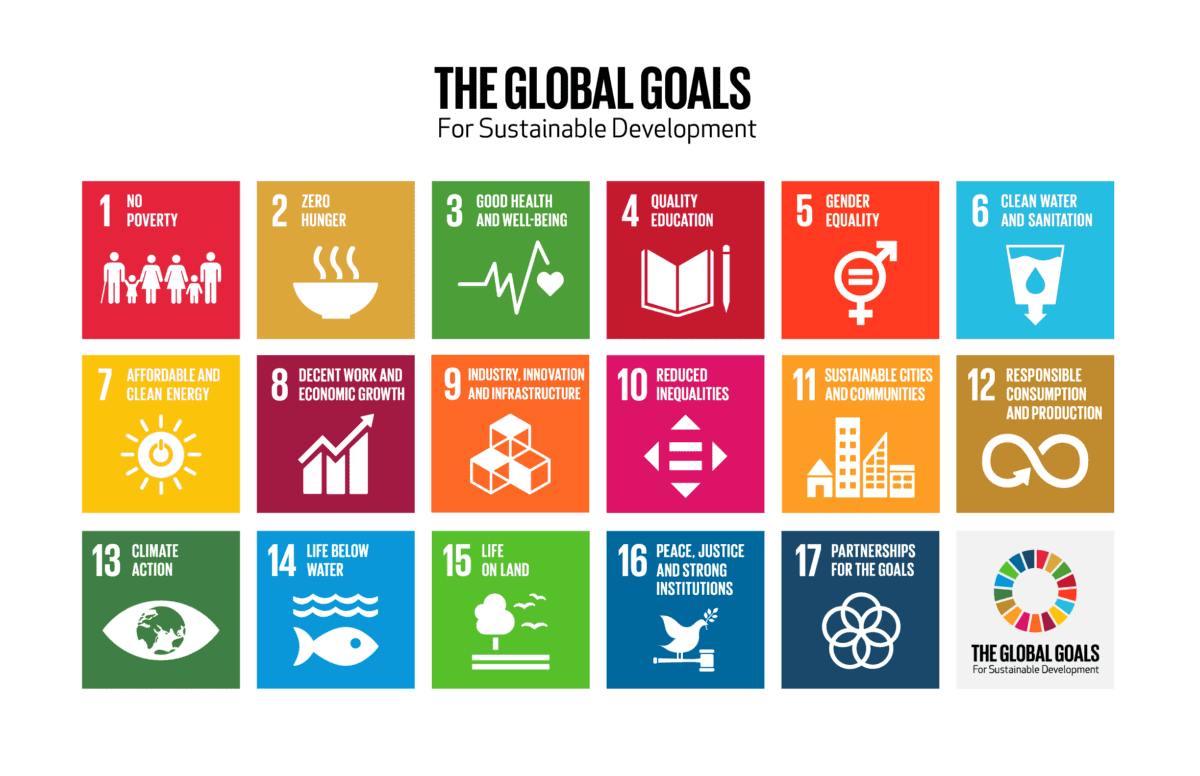
Unleashing IoT’s superpowers to save the planet!
In my work life, I ensure that IoT and digitalisation will help us reach the Agenda 2030 goals. In this discourse, we explore the remarkable influence of the Internet of Things (IoT) on these goals. From curbing greenhouse gas emissions to revolutionising healthcare, IoT is our silent force, propelling us toward a more sustainable future.
Unlocking Prosperous Harvests with IoT
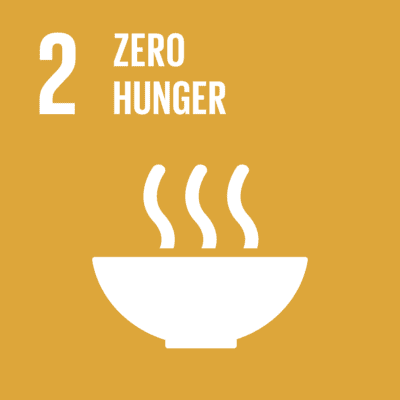 SDG 2: Zero Hunger
SDG 2: Zero Hunger
Zero Hunger is one of the most vital SDGs, with millions worldwide suffering from food insecurity. An alarming 828 million people experienced chronic hunger in 2022.
IoT provides hope in this context, transforming agriculture with smart farming solutions. Sensors that monitor weather, soil conditions, and crop health in real time enhance productivity while conserving resources. IoT-based solutions have saved significant amounts of water and increased yields, exemplifying the transformative power of technology in achieving Zero Hunger.
Revolutionizing Healthcare through Connectivity
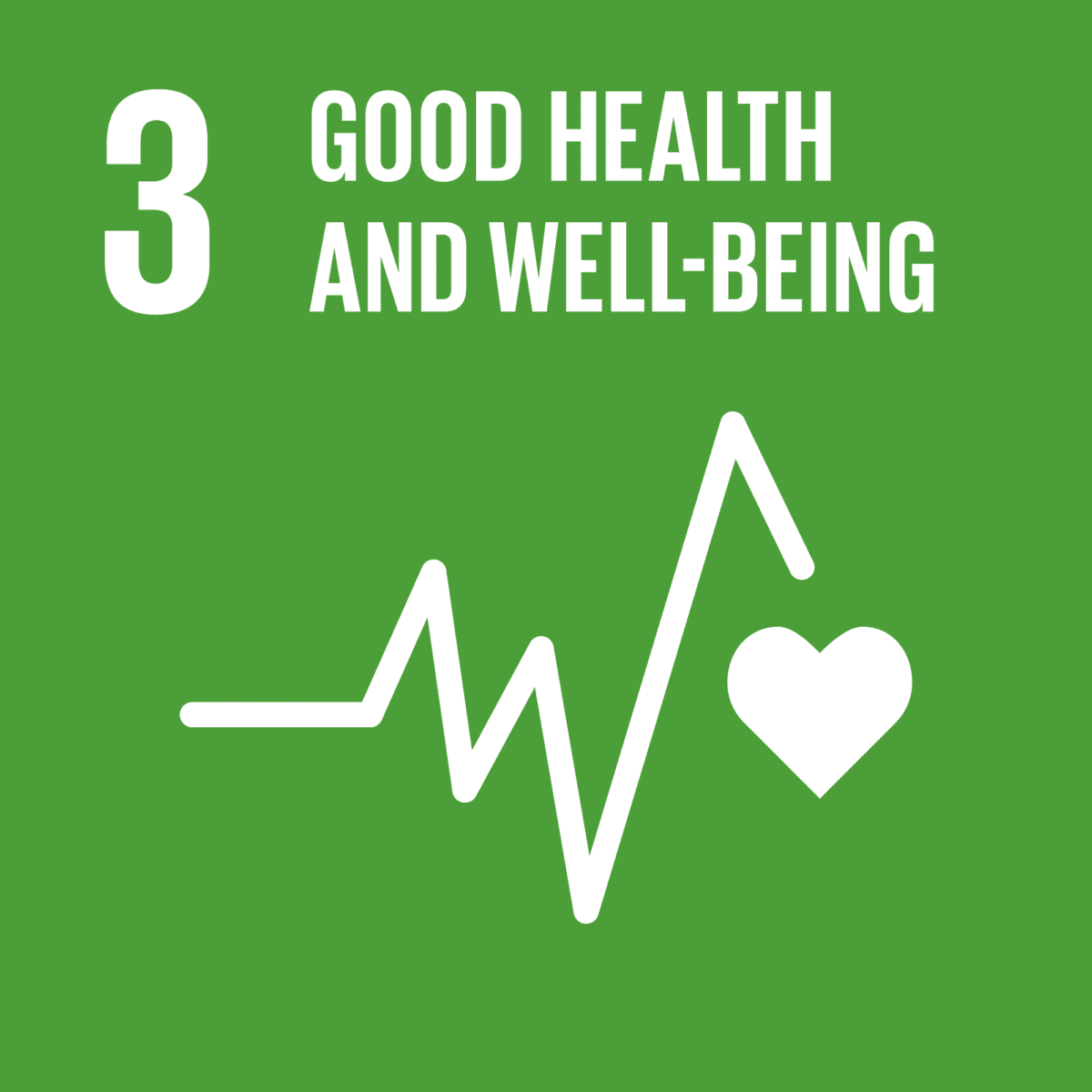 SDG 3: Good Health and Well-being
SDG 3: Good Health and Well-being
The ageing global population has shifted the focus from hospital-centric care to home-based solutions. IoT emerges as a catalyst for enhancing healthcare by enabling remote monitoring and improving the well-being of older people. Additionally, IoT technology aids in combating air pollution by gathering hyper-local air quality data, contributing to a healthier future. Adopting wearables and smartwatches motivates individuals to lead healthier lives, emphasising the tremendous potential of IoT in realising SDG 3.
IoT: A Lifeline for Safe Drinking Water
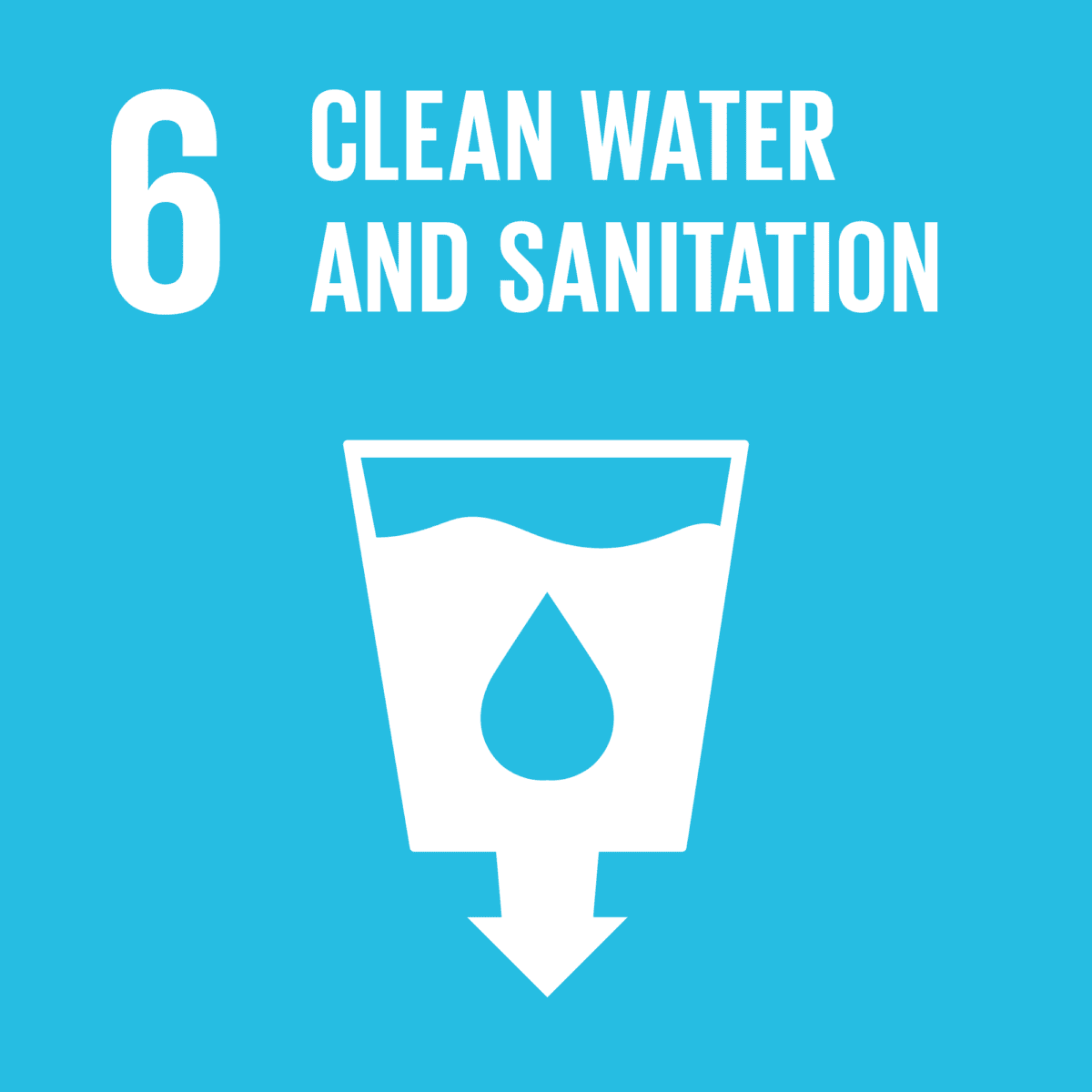 SDG 6: Clean Water and Sanitation
SDG 6: Clean Water and Sanitation
Access to safe drinking water remains a critical challenge, with one in three individuals worldwide lacking this basic necessity. IoT solutions offer a lifeline by curbing water wastage, monitoring water quality, and ensuring continuous water supply. Combining mobile money and IoT, an African-based water operator provides clean and affordable water 24/7. Collaborations to reduce water leakages exemplify the transformational power of IoT in advancing SDG 6. And to me, water was the very first market I addressed in 1994 when I started in this line of business. At that time, we aimed to use wireless networks to create secure communication to keep the drinking water systems operational and monitored 24/7 without additional travelling.
Powering a Sustainable World with IoT
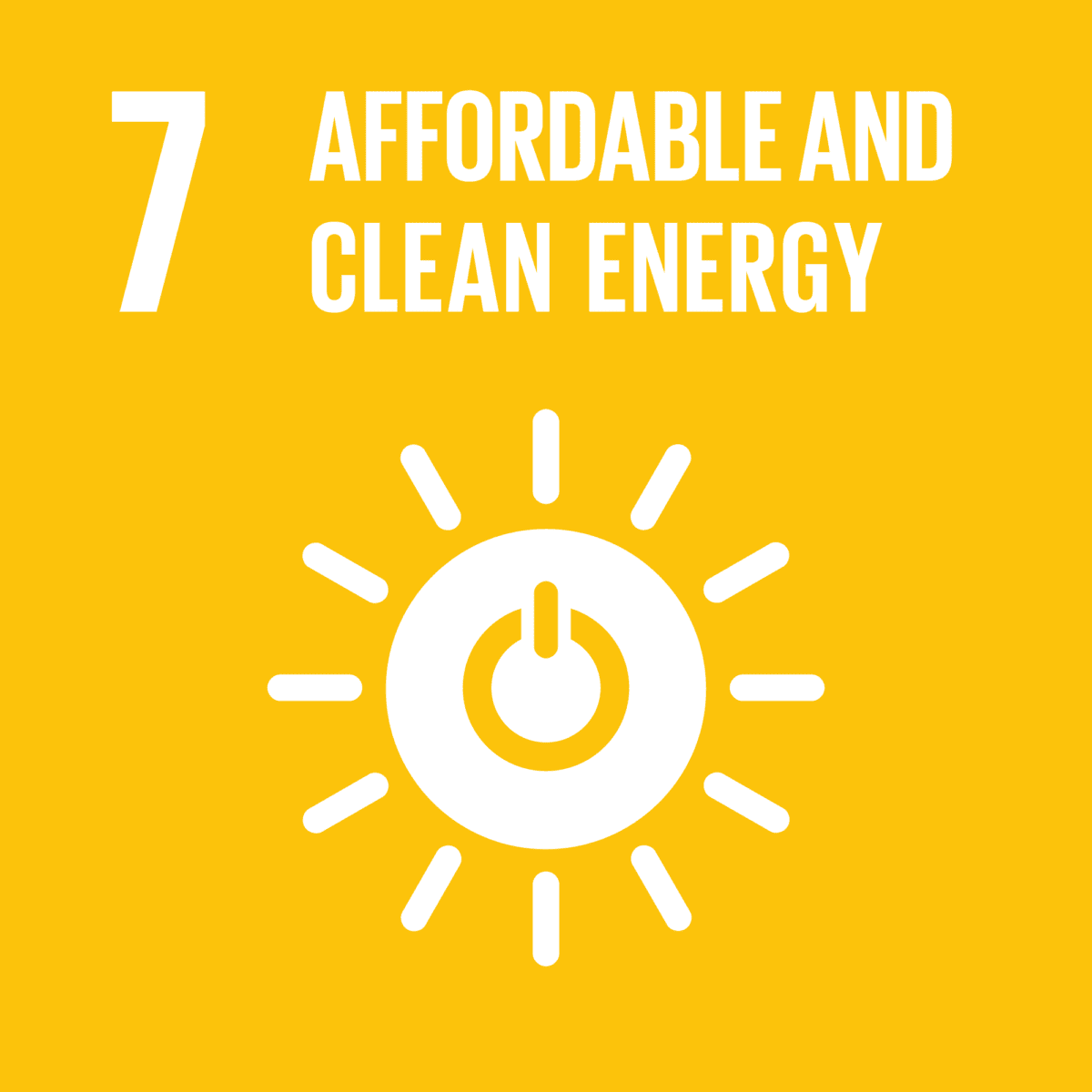 SDG 7: Affordable and Clean Energy
SDG 7: Affordable and Clean Energy
Energy generation is a significant contributor to pollution. IoT has the potential to revolutionise the energy sector by increasing the reliability of renewable energy sources and reducing production costs. Smart grids integrate renewable energy seamlessly, enhancing energy supply. Case studies highlight how IoT and renewable energy integration can save substantial costs and reduce operational expenses.
The IoT Revolution: From Factories to Efficiency
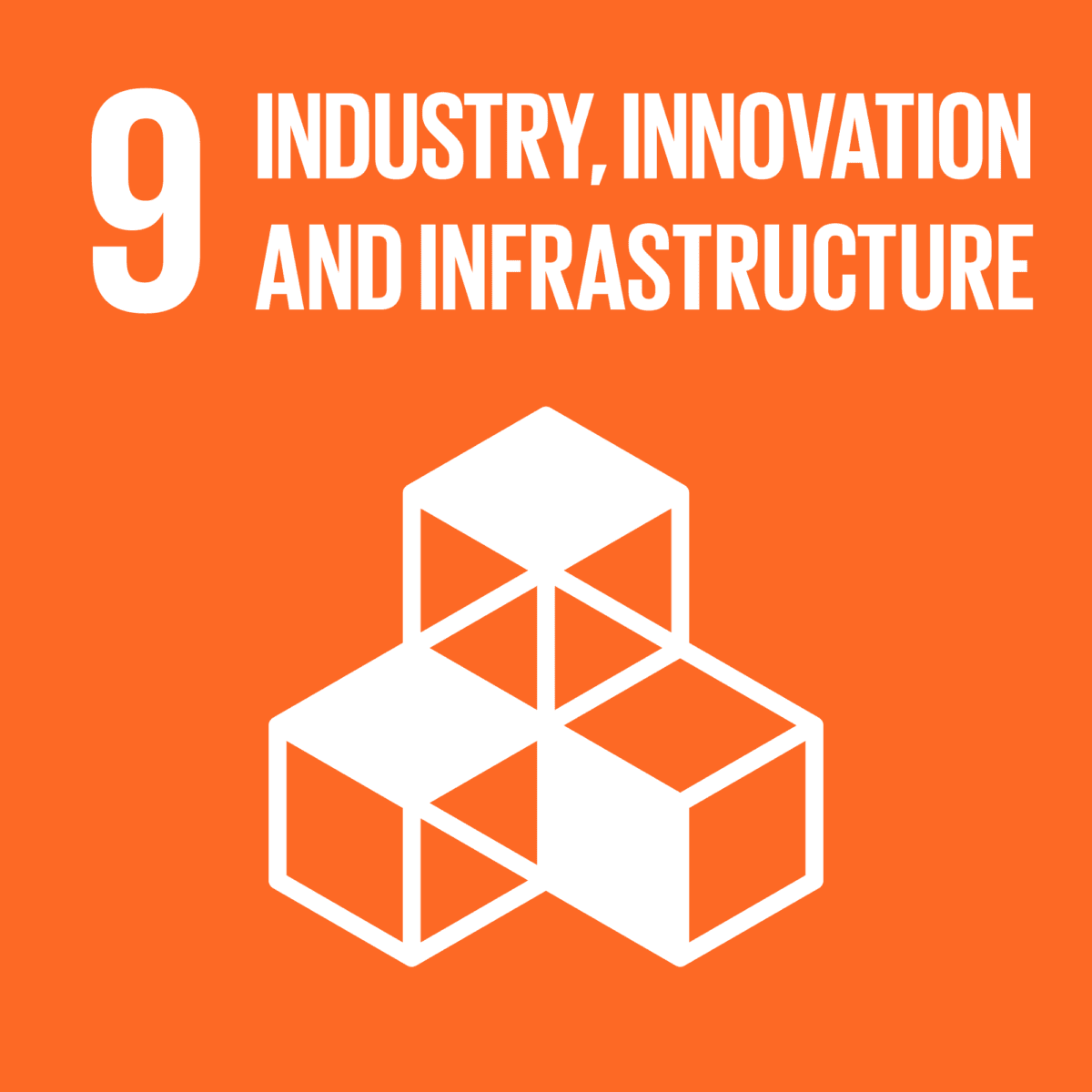 SDG 9: Industry, Innovation, and Infrastructure
SDG 9: Industry, Innovation, and Infrastructure
Creating resilient and sustainable infrastructure and promoting innovation are pivotal to SDG 9. IoT’s role in this context is profound. IoT enhances factory productivity, reduces energy consumption, and lowers operational costs. Many IoT companies help facilitate real-time data collection and predictive maintenance through IoT, pushing factories toward predictive maintenance and increased uptime.
Smart Cities: IoT’s Role in Urban Evolution
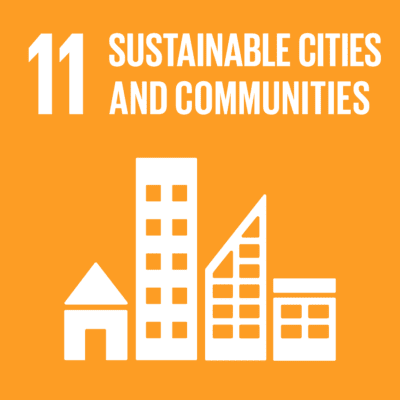 SDG 11: Sustainable Cities and Communities
SDG 11: Sustainable Cities and Communities
As the world undergoes urbanisation at an unprecedented rate, sustainable cities become a cornerstone of climate action. IoT is instrumental in shaping the cities of the future. It optimises traffic management, waste disposal, and public safety. IoT-enabled infrastructure, including smart lighting and transportation systems, enhances efficiency, improves public services, and fosters sustainability. Notable examples showcase the transformative potential of IoT in creating smart and sustainable cities.
IoT takes centre stage as the unsung hero in a world racing against time to realise the United Nations’ Sustainable Development Goals by 2030. By mitigating emissions, optimising resource utilisation, and promoting sustainable practices, IoT is not just a technological innovation but a critical component in our quest for a healthier, greener planet. It’s time to embrace this powerful technology and champion a more sustainable, responsible, and equitable future.
Did I miss any of the SDGs in my blog post? Hit me up on LinkedIn and let me know!

